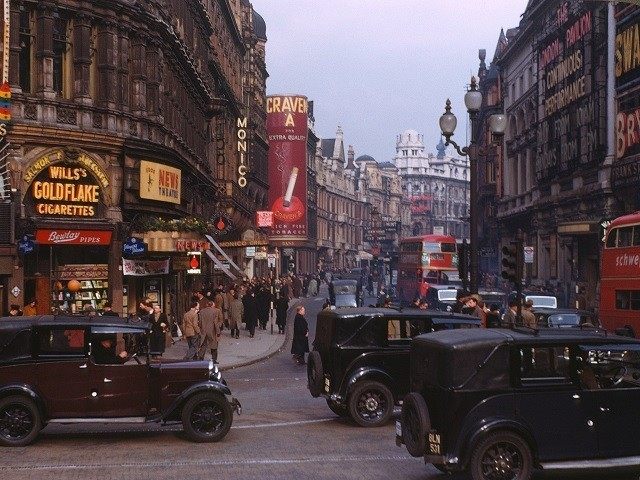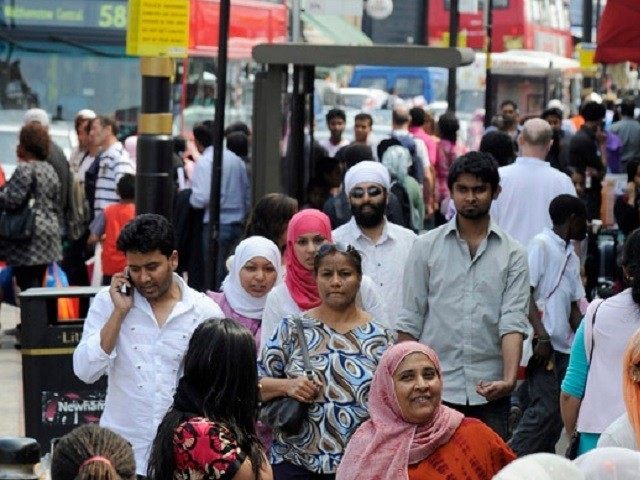The capital city of the United Kingdom is to break the pre-World War Two 1939 population record of 8.615 million residents in the next couple of weeks, despite a decade of ‘white flight’ that has seen over 600,000 native Britons flee the city.
After mass evacuations and hundreds of thousands of men being mobilised for the Second World War, London fell into seemingly terminal decline in the mid 20th century as many decided to resettle in the countryside. By the 1980’s the population of London had dropped to a remarkable low of 6.6 million, but it has since seen a revival in residency without precedent.
London’s Evening Standard newspaper quotes the remarks of one planning consultant who said of the growth: “Great cities rise and fall, but few in history have bounced back so strongly from losing more than two million people. London’s growth is so exceptional that it’s time to change our whole perspective on it”.
Population growth now runs at 100,000 a year, and the city is undergoing changes that have startled demographers who as recently as 2010 predicted London would remain a majority ethnic white city for decades to come. While migration from outside of Europe has continued as predicted, migration away from London by native white Britons was then an unappreciated factor, and has hastened the rapid demographic change of the city.
Census figures show that 620,000 white Britons left the city between 2001 and 2011, a trend that is unlikely to have been reversed since then. White British citizens dropped from making up over sixty percent of Londoners in 2001 to less than half a decade later. In London boroughs Barking and Dagenham, one third of all whites left the areas in ten years.

London immediately after the Second World War. After a period of enormous growth in the 1920’s and 30’s, London’s population hit an all time record of 8.615 million in 1939.
By comparison, the last time London was as large as it is now in 1939 the White British population was over 95%, with much of the remainder being classified as ‘White Irish’.
The sharp rise in population brings with it new challenges to the city. While the rapid growth of the 1920s & 30s which took London to over eight million citizens was housed in vast swathes of new Suburban housing estates known as ‘Metroland’, the Greenbelt and restrictive planning laws means less than half the number of new houses needed every year are actually built in the capital.

COMMENTS
Please let us know if you're having issues with commenting.